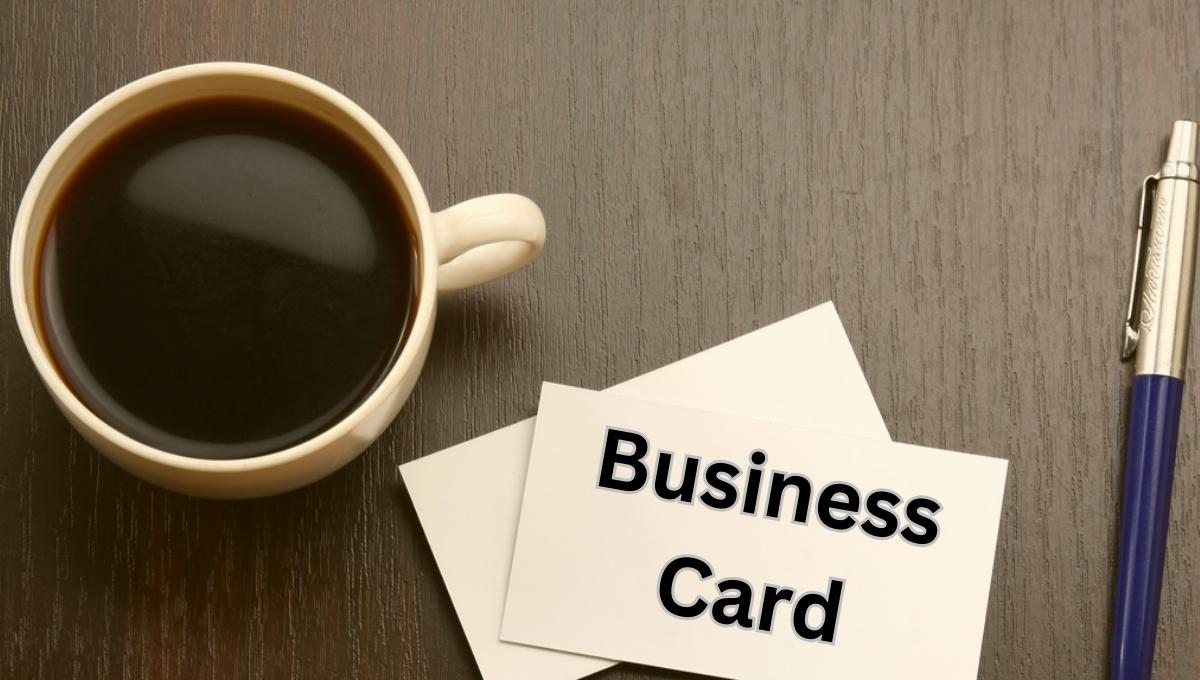In today’s digital age, you might wonder if business cards are still relevant. Well, let me tell you, these little rectangles of paper can be more powerful than a LinkedIn profile when used right. Whether you’re a therapist in private practice or a budding entrepreneur, your business card can be your secret weapon in networking and attracting clients. Let’s dive into the world of business cards and discover how to make them work overtime for your success.
First things first: why do we even need a business card?
Business cards have been around since the 17th century, and there’s a good reason they’ve stuck around. They’re not just about sharing contact info; they’re a physical representation of you and your brand. When you hand someone your card, you’re giving them a piece of yourself to remember you by. It’s like a handshake that lasts long after you’ve parted ways.
In the world of therapy and private practice, where personal connections are key, business cards can be especially powerful. They offer a tangible reminder of your services and can be a lifeline for potential clients who might need your help down the road. Plus, in a world where we’re bombarded with digital information, a physical card can stand out and make a lasting impression.
So why do we still have them?
You might be thinking, “Can’t I just connect on LinkedIn or swap phone numbers?” Sure, you can. But business cards offer something unique. They’re a universal language in the business world, transcending cultural and technological barriers. In many industries, especially those focused on personal services like therapy, not having a business card can be seen as unprofessional.
Moreover, business cards serve as a physical reminder of your encounter. Think about it: after a busy networking event, are you more likely to remember the person whose digital contact info is buried in your phone, or the one whose card you find in your pocket? Business cards create a tangible connection that can lead to future business friendships and collaborations. They’re particularly useful for therapists looking to build a networking circle and grow their private practice.
Design of your business card

When it comes to designing your business card, remember that less is often more. Your card should be a reflection of your professional identity, but it doesn’t need to be a work of art. The key is to create a design that’s clean, legible, and memorable. For therapists, this might mean using calming colors and simple, elegant fonts that convey trustworthiness and professionalism.
Essential elements for your card include your name, title (e.g., Licensed Therapist), contact information, and perhaps a brief tagline or list of specialties. If you’re tech-savvy, consider adding a QR code that links to your website or online booking system. This can be a great way to bridge the gap between your physical card and your digital presence, making it easier for potential clients to take the next step.
Branding.
Branding is more than just a logo; it’s the overall impression you leave on potential clients. Your business card is a key part of this branding, but don’t feel pressured to create a complex brand identity right off the bat. For therapists just starting their private practice, a simple, professional design can be more effective than an overly elaborate one.
Consider your card as part of your overall marketing strategy. It should align with your website, social media presence, and any other materials you use to attract clients. But remember, your brand will likely evolve as your practice grows, so don’t invest too heavily in expensive branded materials early on. Focus on creating a card that clearly communicates who you are and what you do, and you can refine your branding over time as you gain more experience and insight into your ideal clients.
Just do it already!
It’s easy to get caught up in the details of designing the perfect business card, but don’t let perfectionism hold you back. Remember, the most effective business card is the one you actually have with you when you need it. Start with a simple, professional design and get your cards printed. You can always refine and update your design later.
There are plenty of online services that offer affordable, high-quality business card printing. Sites like Moo.com or Vistaprint.com can help you create professional-looking cards without breaking the bank. And once you have your cards, make sure you always have some with you. You never know when you might meet a potential client or valuable networking contact. Having a card ready to hand out shows that you’re prepared and professional, which can make a great first impression.
How to use your business cards
Now that you have your beautifully designed business cards, it’s time to put them to work. The key is to be strategic about how and when you use them. At networking events, don’t just hand out your card to everyone you meet. Instead, focus on making meaningful connections. Engage in conversation, show genuine interest in the other person, and only offer your card when it feels natural and relevant.
Don’t limit yourself to formal networking events, though. As a therapist, opportunities to share your card can pop up anywhere – at the gym, in line at the coffee shop, or even at a friend’s dinner party (just be mindful of appropriate boundaries). Always keep a few cards on hand, and don’t be shy about offering them when the conversation naturally turns to what you do. Remember, you’re not just handing out a card; you’re offering a potential solution to someone who might need your help.
More Post:
The 4 Types of Entrepreneurship in class Activities Explained
Measuring the effectiveness of your business cards
To make your business cards truly work for you, it’s important to track their effectiveness. One simple way to do this is to create a unique email address or phone number for your cards. This allows you to see how many inquiries are coming directly from your card distribution. You can also try different designs or messaging and track which ones generate the most response. This kind of A/B testing can help you refine your approach and maximize the impact of your cards.
Final Thoughts
The goal of your business card is to turn contacts into clients. Follow up with the people you meet, perhaps with a friendly email or LinkedIn connection. Use your card as a starting point for building relationships that can help grow your private practice. With the right approach, your business card can be a powerful marketing tool that helps you attract new clients and establish yourself as a trusted professional in your field.

I am a content writer with three years of experience, specializing in general world topics. I share my insights and knowledge on my personal blog, “generalcrunch.com”, providing informative content for my readers.